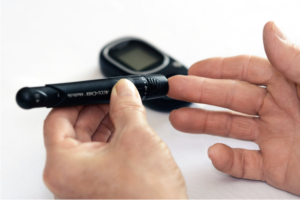ADHD and Vision
Nearly 5% of children have Attention-Deficit Hyperactivity Disorder (ADHD), according to the National Survey of Children’s Health and the Centers for Disease Control. Some statistics claim the number of children with ADHD is upwards of 10%. As a result, most people know someone who’s struggled with ADHD. So what is ADHD? And what does it have to do with vision?
What is ADHD?
ADHD, according to the American Academy of Child and Adolescent Psychiatry, is “a health condition involving biologically active substances in the brain.” ADHD often affects areas of the brain that enable people to plan, solve problems, understand other people’s actions, and even control impulses. Children with ADHD tend to be hyperactive, impulsive, and inattentive. ADHD can make school work and even desk jobs incredibly challenging for those it afflicts.
How are ADHD and Vision Related?
Vision problems can often mimic the symptoms of ADHD, and as a result can be misdiagnosed. Convergence insufficiency is an example of a vision problem that’s sometimes misdiagnosed. According to the Children’s Eye Center at the University of San Diego, “Children with convergence insufficiency are three times more likely to be diagnosed than children without the disorder.” While this is significant, convergence insufficiency is one of a variety of binocular vision problems a child might experience. A child who struggles with reading could likely benefit from being tested for binocular vision problems instead of ADHD alone.
WAVTC and ADHD
Three to five children out of every classroom have vision problems that can affect learning, reading, and overall school performance. Most of the time parents, teachers, doctors, and especially the children have no idea they are seeing any different than anyone else. So many of these children suffer needlessly and do not reach their potential.
We know that not only parents, but teachers, pediatricians, school nurses, counselors, and administrators know when a child is struggling. We are here to give you tools to know when it may be a vision problem and where to go to get answers.
Click here for a questionnaire that may help you identify vision problems in yourself or those around you.




